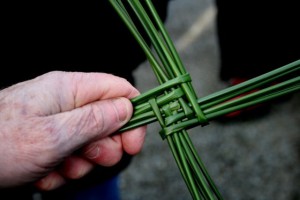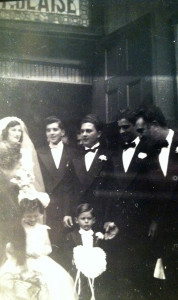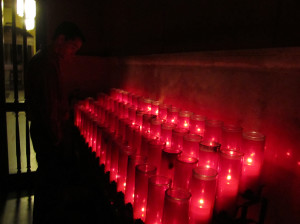Come February, we are thoroughly along in our journey away from winter, toward spring. The thermometer may not be giving a clear indication of it, but we are now about halfway between the winter solstice and the spring equinox. Sunlight has been increasing each day here in the Northern Hemisphere since the 21st of December. In another six weeks, night and day will once again be nearly balanced.
These halfway points are cross-quarter days, and this one, in the old Celtic calendar, is Imbolc, derived from the word Oimelc, Gaelic for ewe’s milk, for as the milk begins to flow for newborn lambs at this time of year, so soon will frozen streams and rivers begin to melt and flow, and so soon will green––and warmth––return. We are on the approach to spring.
The Church gave the day to St. Brigid, or Brigit… a bridge from winter to spring. Brigid is more proper, as is the more Celtic pronunciation of her name (brigg-id or bree-id) and she is sacred to Ireland, second there only to St. Patrick in stature. It is traditional on this day to fashion a St. Brigid’s Cross out of rushes or reeds, as well as to leave an oat cake and butter on a windowsill in your home. This, to encourage Brigid to visit your home and bless all who live there. She bridges us also to Candlemas, which comes tomorrow, and tonight, being Candlemas Eve, marks the true and official end of the Christmas season. If there still remain vestiges of yuletide greenery in your home, this is the night to remove it. And so tonight return to nature what is hers––the rosemary, bays, mistletoe, holly, ivy, all––if for no other reason than that soon, the earth itself will be erupting in green.
Image: St. Brigid’s Cross by Liscannorman [Creative Commons], via Wikimedia Commons.


